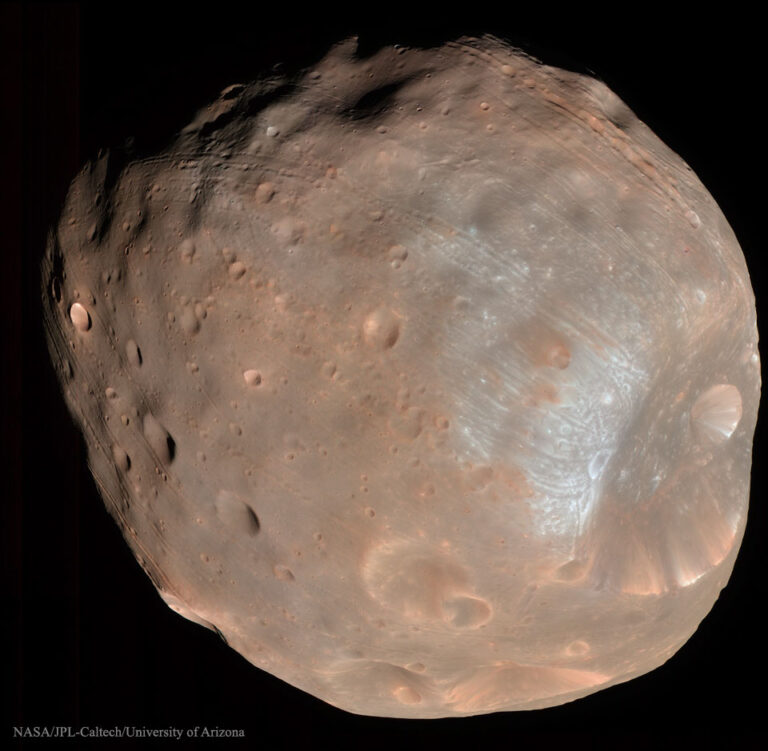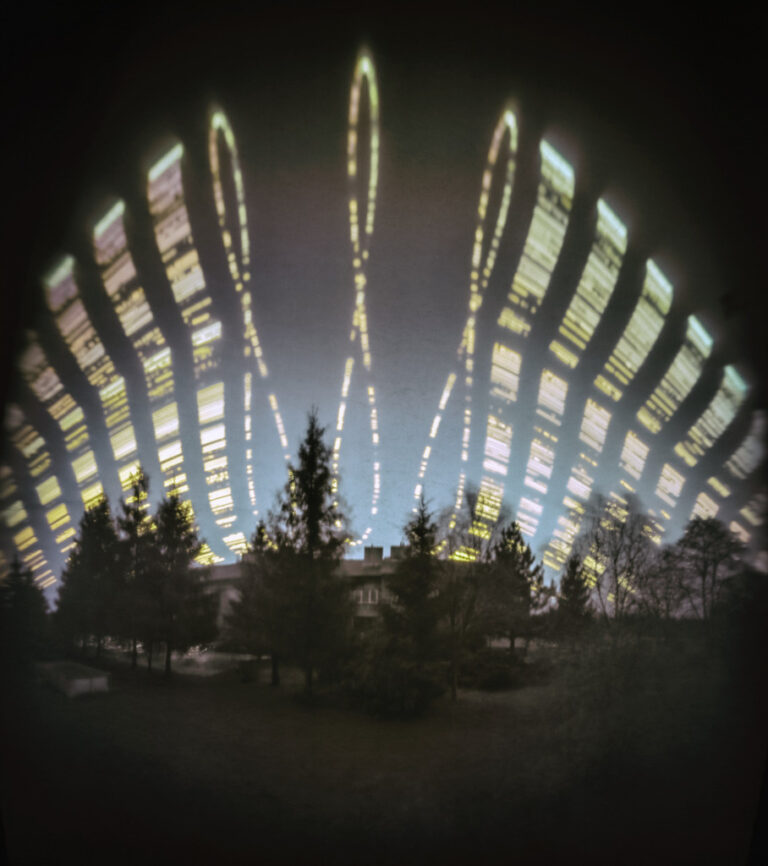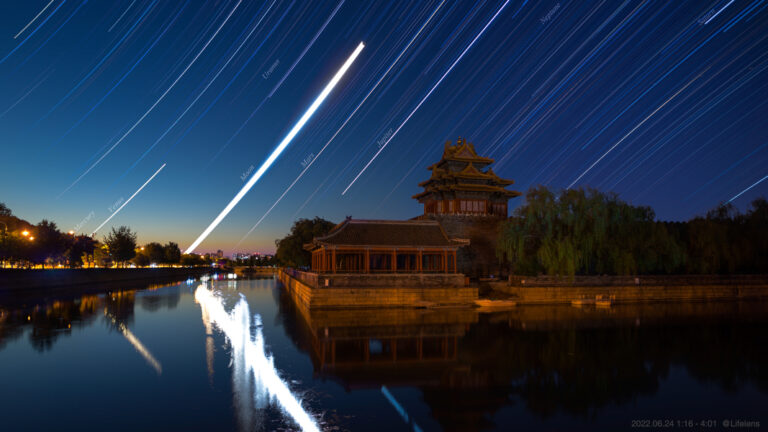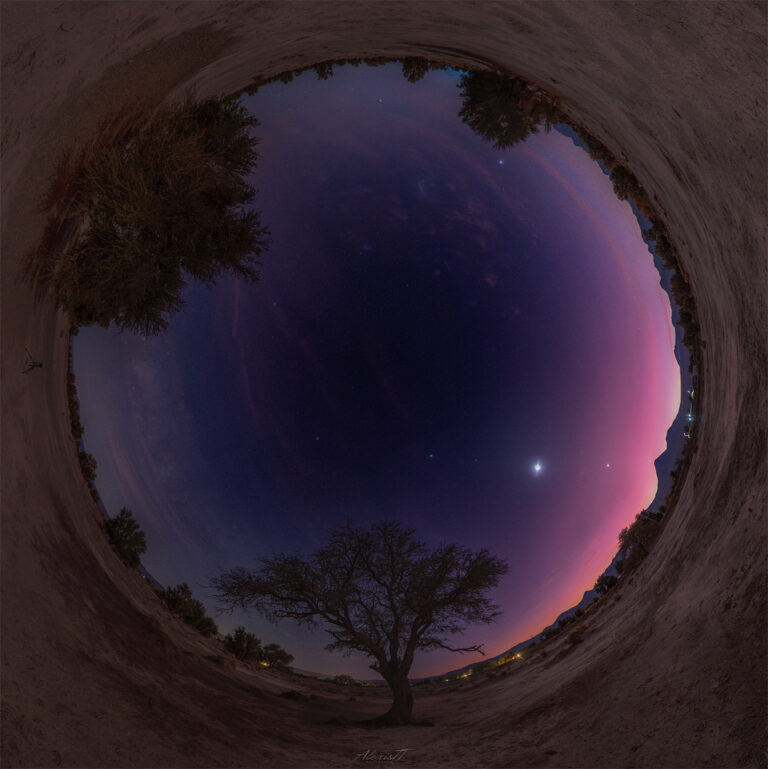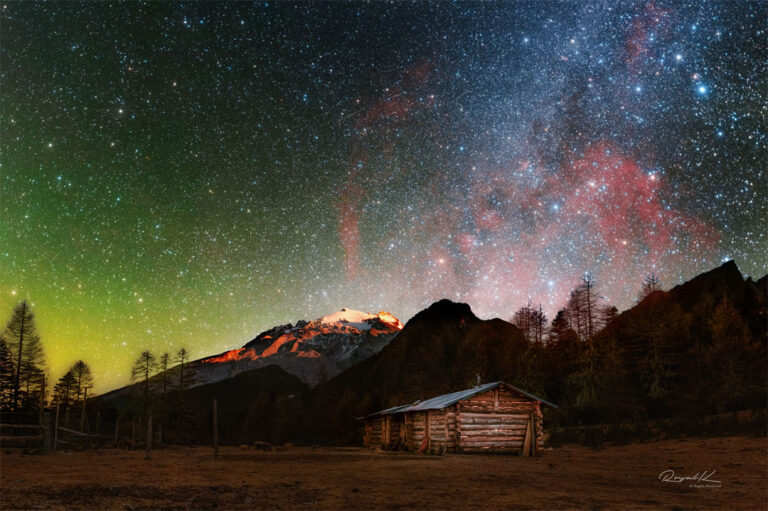恶魔马鞍上方的超级莓月
2022年7月4日 Strawberry Supermoon Over Devil’s Saddle Image Credit & Copyright: Lorenzo Busilacchi Explanation: Near the horizon the full moon often seems to loom large, swollen in appearance by the famous Moon illusion. But time-lapse image sequences demonstrate that the Moon’s angular size doesn’t really change as it rises or sets. Its color does, though. Recording a frame about every 60 seconds, this image also shows how red the Sun can look while low on the horizon. The featured montage was taken from Cagliari, Sardinia, Italy, the day after June’s Strawberry Moon, a full moon dubbed a supermoon due to its slightly larger-than-usual angular size. This Strawberry Supermoon is seen rising behind the Devil’s Saddle, a mountain named for the unusual moon-sized dip seen just to…


